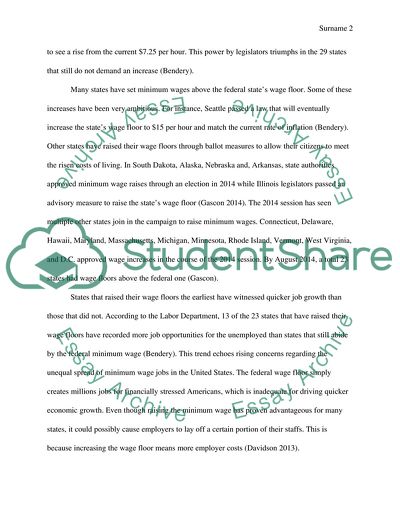Cite this document
(“Minimum Wage Term Paper Example | Topics and Well Written Essays - 1000 words”, n.d.)
Minimum Wage Term Paper Example | Topics and Well Written Essays - 1000 words. Retrieved from https://studentshare.org/sociology/1671493-minimum-wage
Minimum Wage Term Paper Example | Topics and Well Written Essays - 1000 words. Retrieved from https://studentshare.org/sociology/1671493-minimum-wage
(Minimum Wage Term Paper Example | Topics and Well Written Essays - 1000 Words)
Minimum Wage Term Paper Example | Topics and Well Written Essays - 1000 Words. https://studentshare.org/sociology/1671493-minimum-wage.
Minimum Wage Term Paper Example | Topics and Well Written Essays - 1000 Words. https://studentshare.org/sociology/1671493-minimum-wage.
“Minimum Wage Term Paper Example | Topics and Well Written Essays - 1000 Words”, n.d. https://studentshare.org/sociology/1671493-minimum-wage.


